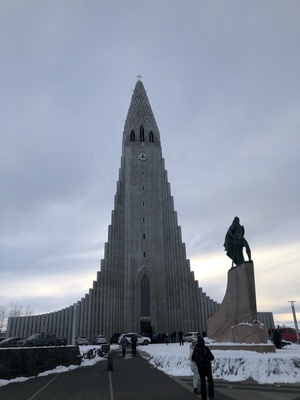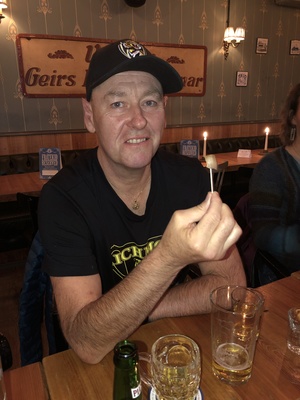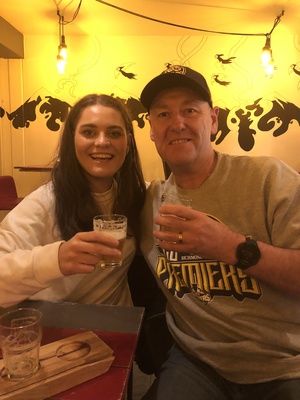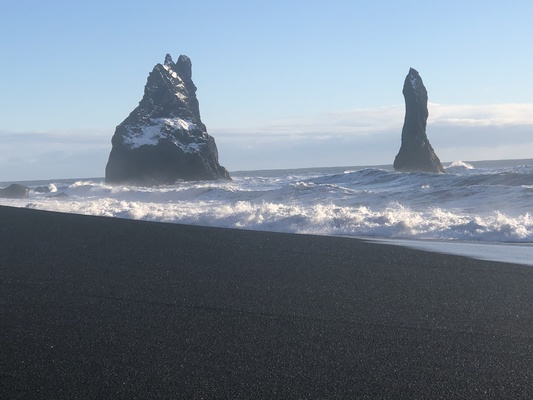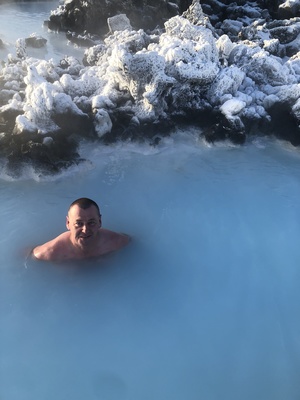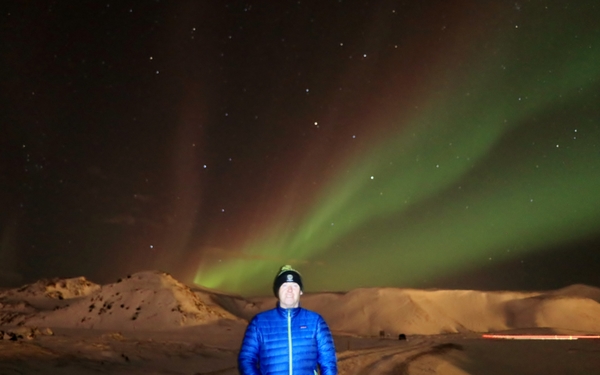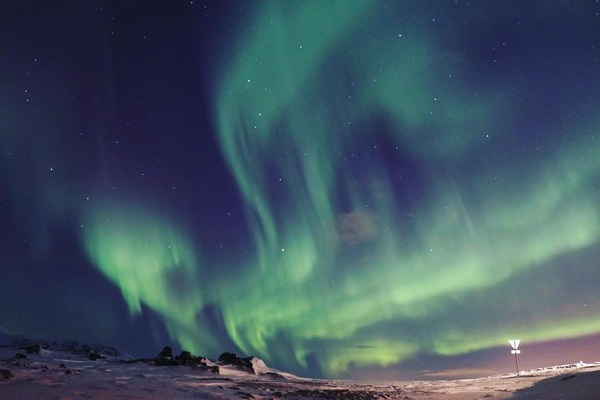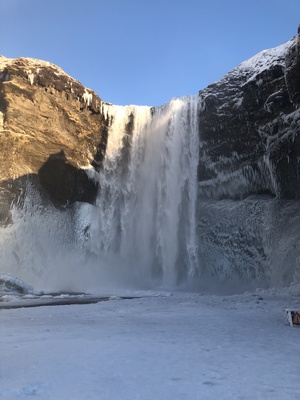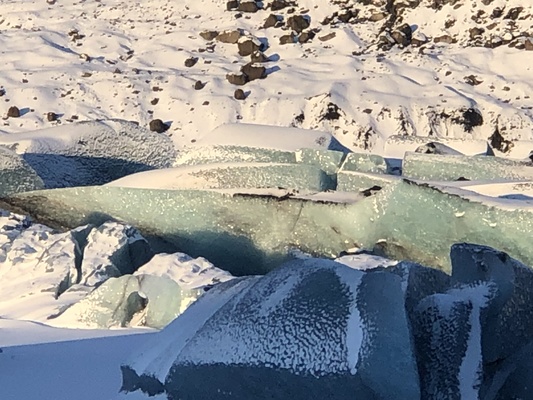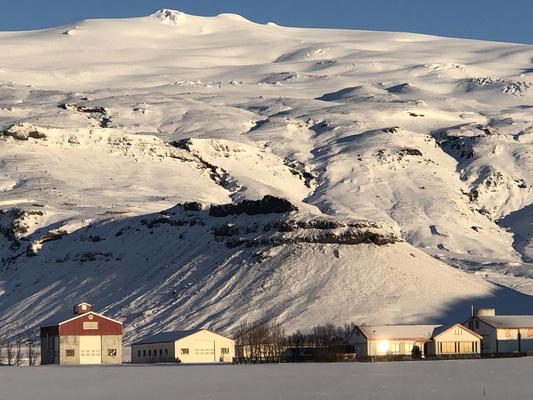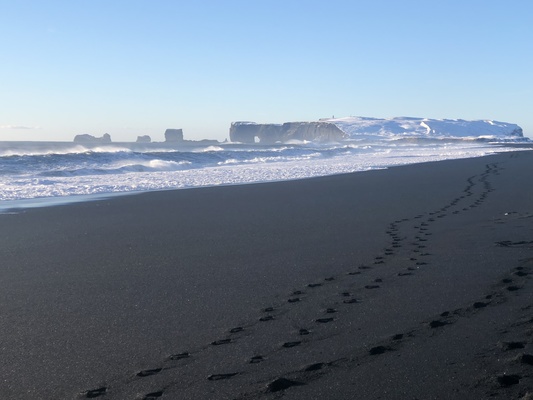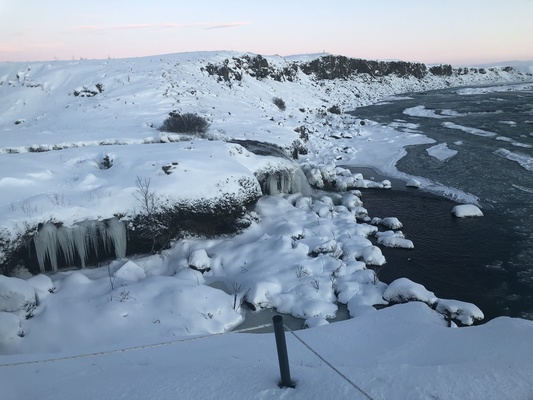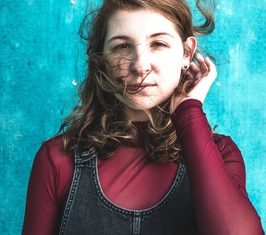As our region enjoyed one of its warmest summer holiday seasons in memory, Barwon Heads’ JUSTIN FLYNN visited one of the world’s coldest countries in the dark depths of its mid-winter. As you do.
Iceland had long remained a mystery to me.
A land of volcanoes, geothermal pools, black-sand beaches, ancient glaciers and towering waterfalls, it always seemed so out of reach.
It had been on my bucket list for years.
So, with a bit of planning and a lot of saving, I finally undertook a journey to this island country of around 350,000 inhabitants.
Cold-weather climates fascinate me. I have been to Alaska and northern Canada in winter where the temperatures were often below -20C.
So the relative ‘warmth’ of Iceland didn’t bother me in the slightest. Iceland’s temperatures are moderated by the Gulf Stream and, of course, being surrounded entirely by ocean.
After a flight from Melbourne to Singapore and then to London Heathrow, I boarded my Icelandair flight to the capital, Reykjavik, a city about the same size as Geelong.
You’ve probably heard how expensive it is there. It is. There’s no getting around it, but there are some methods to ease the pain somewhat.
Supermarket chain Bonus is cheap and you can buy ready-made meals. Beer during happy hours (you can always find a bar in Reykjavik with a happy hour going on) was about $10 for a pint. On the flipside, I paid $45 for a takeaway cheeseburger and a small cup of soup at a modest fast-food restaurant.
Reykjavik is a clean, quaint and very safe city. It’s walkable and obscenely pretty. There has not been a murder in Iceland for two years.
I did a beer-walking tour, hosted by the wonderful Geirny, a young local woman with a wealth of knowledge. Her name was easy to pronounce.
“Think of it as I don’t have a bad knee, I have a good knee,” she said.
Beer was actually prohibited in Iceland until 1989.
On the tour I ate fermented shark, chased down with the Icelandic spirit Brennivin, more commonly known as Black Death. The shark smelled hideous, the texture rubbery and the taste quite foul. The sharp hit of Brennivin to follow was a welcome relief to erase the rancid punch left by the rotten shark.
Almost everyone who travels to Iceland does the Golden Circle, which includes a huge crater lake, a stunning waterfall, a geyser and a national park. Some hire a car, but I wasn’t keen on driving on the ‘wrong’ side of the road covered in ice and snow. A tour would suffice and the scenery really was breathtaking.
Reykjavik was unseasonably cold when I was there. Daytime highs of -6C, compared to an average in late January of about plus 2. However, with the moderate winters comes a price. The average daytime summer high in July is only 14C, which puts it on a par with Geelong in our winter. The highest ever recorded temperature in Reykjavik is 26C.
The following day I took another tour, which covered the southeast coast of the island.
Apart from the stunning, snow-covered, volcanic and mountainous scenery, we visited heaving waterfalls, the famous black-sand beach, the coastal town of Vik and I saw my first ever glacier. It took my breath away.
I also took a full day to explore Reykjavik. The Hallgrimskirkja church dominates the skyline and is a magnificent piece of architecture. It’s said if you get lost in Reykjavik (almost impossible), look up and let Hallgrimskirkja guide the way.
The National Museum gives an informative guide on the country’s history and culture, while the jokes are endless at the Icelandic Phallological Museum.
There a plenty of cute cafes to take refuge from the cold. Icelanders are proud of their coffee and as a fussy Australian who takes coffee seriously, I approved.
One rite of passage that almost every traveller to Iceland takes is the Blue Lagoon.
I’ll be honest: I was sceptical. I saw it as a potentially overpriced and overrated tourist trap.
I was wrong. The geothermal pools are divine, even if the mad dash from the changing area to the pools in -4C, wearing nothing but shorts, is bone-chilling.
The water temperature in the bathing area averages 37C to 39C, and on a cold day, soaking in the waters that are rich in minerals such silica and sulphur, is therapeutic.
Actually, bathing in the Blue Lagoon is reputed to help some people suffering from skin diseases such as psoriasis.
It can be a little unnerving showering naked (which is mandatory before you enter the lagoon) in front of strangers, but once you are relaxing in warm water with snow on the ground beside you, your troubles disappear.
It certainly made a few pints of Gull or Viking lager go down particularly well that evening.
Of course a visit to Iceland is incomplete without at least searching for the northern lights, or the aurora norealis.
These magical dancing rays of colour are actually collisions between electrically charged particles from the sun that enter the earth’s atmosphere.
I’d seen them very faintly in Alaska and Canada, but nothing prepared me for the show I was about to see on my final night in Iceland.
After being picked up near my hotel at 8.30pm, the aurora forecast was favourable, our tour guide said.
“Clear skies and high activity,” he exclaimed, sounding almost as excited as the rest of us.
The aurora is best viewed away from artificial light so out of Reykjavik we drove until we found a suitable spot.
What I saw for the next 90 minutes can only be described as mind blowing. The tour guide said it was one of the best displays he had seen in five years. We were truly lucky.
To watch the sky turn green with hints of yellow and red before our eyes was spectacular.
Words cannot describe the power this natural phenomenon has over you. I was spellbound.
All too soon it was time to jump back on an Icelandair jet to Heathrow to continue my European journey.
Yes Iceland is expensive, but it’s worth every single dollar you spend.
The scenery is unlike anything I’ve seen before while the hospitality of the locals (who are justifiably proud of their country) and the sheer remoteness of the island are hypnotising.
If you can afford it, then this country, plonked in the middle of the Atlantic Ocean, will capture your imagination like no other.


